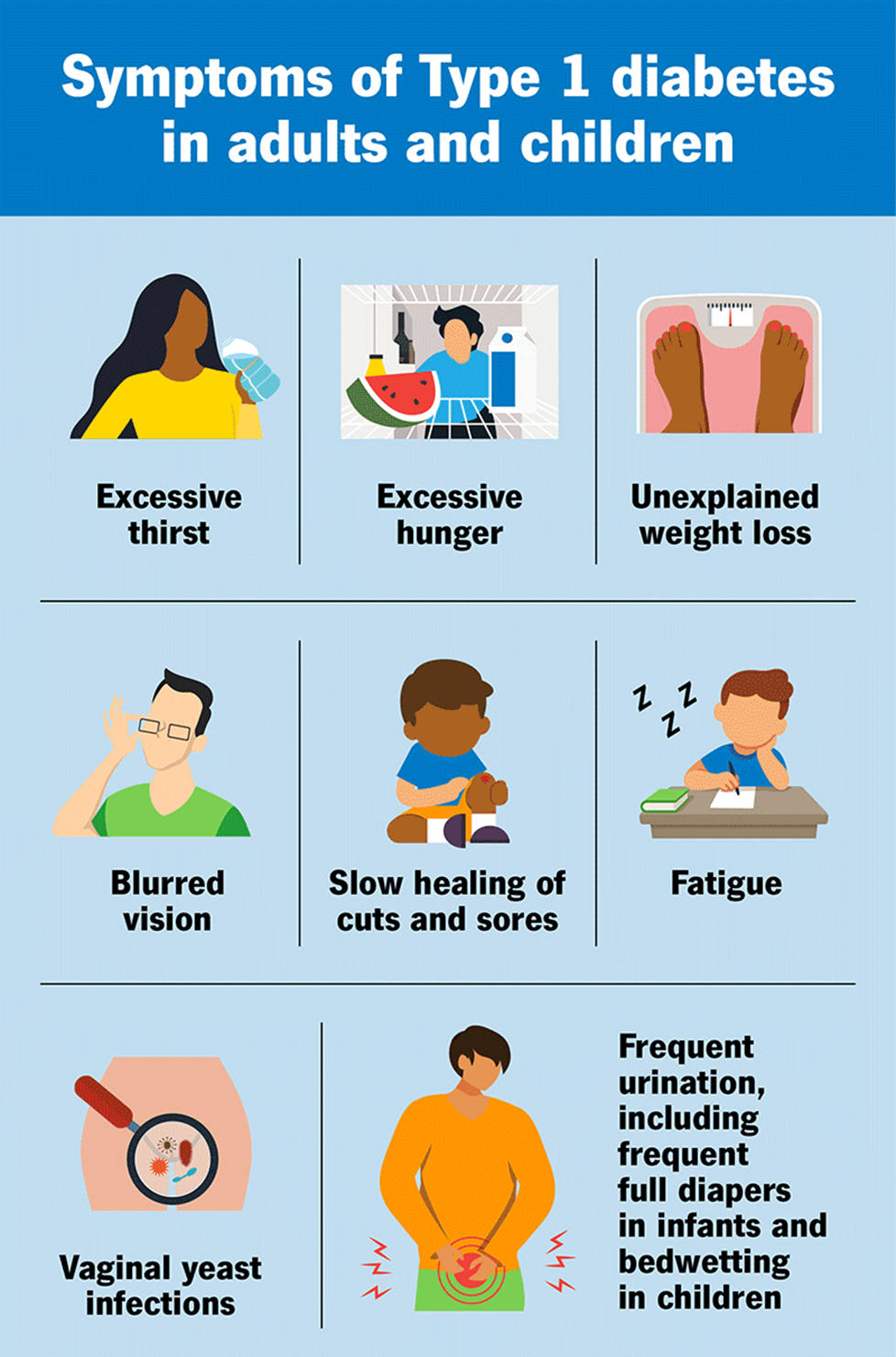The nurse is teaching a client with type 1 diabetes mellitus (DM) about the onset, peak, and duration of a new prescription for glargine insulin. If the insulin is administered at 0800, when is the client most likely to experience hypoglycemia?
Midmorning.
No peak occurs.
Midafternoon.
Shortly after midnight.
The Correct Answer is B
Choice A reason: Midmorning is not a likely time for experiencing hypoglycemia after administering glargine insulin at 0800, because glargine insulin has a slow onset of action (about 1 hour) and does not have a pronounced peak effect. Glargine insulin is a long-acting insulin that provides a steady level of insulin throughout the day and night.
Choice B reason: No peak occurs is the correct answer for when hypoglycemia is most likely to occur after administering glargine insulin at 0800, because glargine insulin does not have a pronounced peak effect that could cause a sudden drop in blood glucose levels. Glargine insulin is a long-acting insulin that provides a steady level of insulin throughout the day and night.
Choice C reason: Midafternoon is not a likely time for experiencing hypoglycemia after administering glargine insulin at 0800, because glargine insulin has a long duration of action (about 24 hours) and does not have a pronounced peak effect. Glargine insulin is a long-acting insulin that provides a steady level of insulin throughout the day and night.
Choice D reason: Shortly after midnight is not a likely time for experiencing hypoglycemia after administering glargine insulin at 0800, because glargine insulin has a long duration of action (about 24 hours) and does not have a pronounced peak effect. Glargine insulin is a long-acting insulin that provides a steady level of insulin throughout the day and night.

Nursing Test Bank
Naxlex Comprehensive Predictor Exams
Related Questions
Correct Answer is A
Explanation
Choice A reason: Storing unused vials at room temperature is incorrect information that indicates a need for further education by the nurse, because somatropin is a growth hormone that should be stored in the refrigerator (2°C to 8°C) until use. Exposure to heat or light can degrade the medication and reduce its effectiveness.
Choice B reason: Rotating injection sites to minimize discomfort is correct information that does not indicate a need for further education by the nurse, because somatropin is administered subcutaneously and repeated injections at the same site can cause skin irritation, bruising, or infection.
Choice C reason: Discarding the medication if the solution is cloudy is correct information that does not indicate a need for further education by the nurse, because somatropin is a clear and colorless solution that should not be used if it appears cloudy, discolored, or contains particles. This may indicate contamination or degradation of the medication.
Choice D reason: Administering the medication subcutaneously is correct information that does not indicate a need for further education by the nurse, because somatropin is a growth hormone that is given by subcutaneous injection using a syringe or a pen device. Subcutaneous injection allows for better absorption and bioavailability of the medication.
Correct Answer is ["A","D","E"]
Explanation
Choice A reason:
Ibuprofen is a nonsteroidal anti-inflammatory drug (NSAID) that has analgesic, anti-inflammatory, and antipyretic effects. Ibuprofen can be prescribed along with morphine to enhance the pain relief and reduce the inflammation caused by the surgery. Ibuprofen can also reduce the opioid requirement and the risk of opioid-related side effects, such as nausea, constipation, and respiratory depression. Therefore, choice A is correct.
Choice B reason:
Propofol is a short-acting intravenous anesthetic agent that induces and maintains anesthesia and sedation. Propofol is not prescribed along with morphine for post-operative pain management, as it is not an analgesic and has a high risk of hypotension, bradycardia, and respiratory depression. Propofol is only used in controlled settings, such as the operating room or the intensive care unit, under close monitoring and supervision. Therefore, choice B is incorrect.
Choice C reason:
Methadone is a long-acting synthetic opioid that has analgesic and opioid substitution effects. Methadone is not prescribed along with morphine for post-operative pain management, as it is not indicated for acute pain and has a high risk of accumulation, overdose, and addiction. Methadone is mainly used for chronic pain or opioid dependence treatment, under strict regulation and monitoring. Therefore, choice C is incorrect.
Choice D reason:
Senna is a stimulant laxative that increases the intestinal motility and promotes bowel movements. Senna can be prescribed along with morphine to prevent or treat constipation, which is a common side effect of opioids. Senna can improve the comfort and quality of life of the client who is receiving opioid therapy. Therefore, choice D is correct.
Choice E reason:
Docusate sodium is a stool softener that increases the water content and softness of the stool. Docusate sodium can be prescribed along with morphine to prevent or treat constipation, which is a common side effect of opioids. Docusate sodium can improve the comfort and quality of life of the client who is receiving opioid therapy. Therefore, choice E is correct.
Choice F reason:
Naloxone is an opioid antagonist that reverses the effects of opioids by displacing them from their receptors. Naloxone is not prescribed along with morphine for post-operative pain management, as it would counteract the analgesic effect of morphine and cause withdrawal symptoms. Naloxone is only used in emergency situations, such as opioid overdose or respiratory depression, as a rescue medication. Therefore, choice F is incorrect.
Whether you are a student looking to ace your exams or a practicing nurse seeking to enhance your expertise , our nursing education contents will empower you with the confidence and competence to make a difference in the lives of patients and become a respected leader in the healthcare field.
Visit Naxlex, invest in your future and unlock endless possibilities with our unparalleled nursing education contents today
Report Wrong Answer on the Current Question
Do you disagree with the answer? If yes, what is your expected answer? Explain.
Kindly be descriptive with the issue you are facing.
